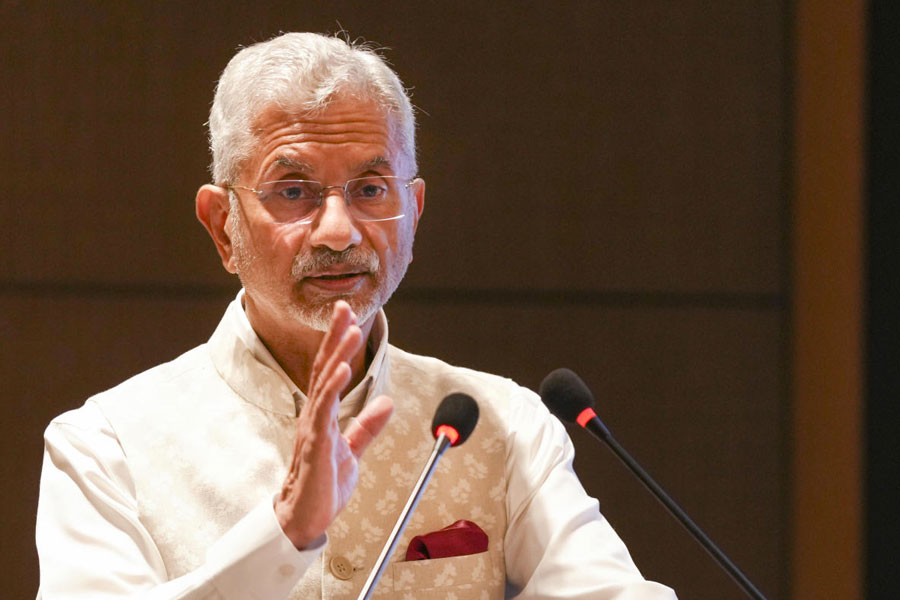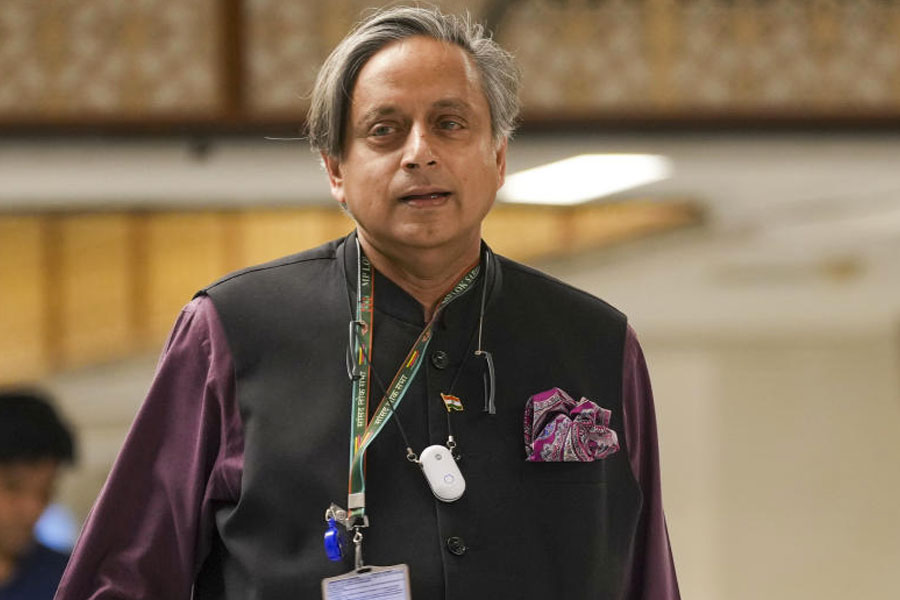Guwahati: Assam's maternal mortality ratio (MMR) of 237 is still higher than the national average of 130, according to the latest special bulletin on Maternal Mortality in India 2014-16, which was released by the sample registration system (SRS) on June 6.
Though Assam registered a decrease of 63 points in the ratio from an abysmal 300 as recorded from 2011-13 to 237 in 2014-16, the state's MMR is not just counted highest among other endemic states like Bihar/Jharkhand, Madhya Pradesh/Chhattisgarh, Odisha, Rajasthan and Uttar Pradesh/Uttarakhand but among other states as well.
The SRS is the largest demographic sample survey in India, which provides estimates of maternal mortality through a national representative sample.
It said MMR in India has declined from 167 in 2011-13 to 130 in 2014-16.
The latest bulletin shows that in Assam, of 1,80,780 sample female population, 12,334 registered live births with 29 maternal deaths.
MMR is derived as the proportion of maternal deaths per 100,000 live births reported under the SRS.
Though states like Bihar/Jharkhand, MP/Chhattisgarh, Odisha, Rajasthan, UP/Uttarakhand had a much larger sample female population than Assam's, the states recorded a MMR of 165, 173, 180, 199 and 201 respectively.
Health minister Himanta Biswa Sarma tweeted, "Despite recent exponential progress of #Assam on MMR and IMR these rates continue to be high-as targeted approach six medical colleges were critically reviewed through video conference for maternal and child death-all key officials joined."
The bulletin said the decline has been the most significant in empowered action group states within which Assam is also included.
To help ease the understanding of the maternal mortality situation in India, states have been categorised into EAG comprising states like Bihar, Odisha, Rajasthan, MP, Chhattisgarh, Jharkhand, UP and Uttarakhand; southern states and other states covering remaining states or Union Territories.
The drastic reduction in Assam's MMR is mostly attributed to an increase in institutional deliveries.
According to the latest National Family Health Survey-4(NFHS-2015-16) Assam has registered 70.6 per cent rise in institutional births as compared to a meagre 22.4 as recorded NFHS-3 OF 2005-6.
State health officials have lauded the efforts of the state health department in curbing the MMR from an abysmal 300 to an "impressive" 237.
"If we compare the reduction points between India and Assam from 2011-13 to 2014-16, Assam has seen reduction of MMR by a whopping 63 points as compared to India's 37 points. This reduction has been facilitated by an increase in institutional deliveries, functional hospitals, proper ante-natal care, referral transfers, better ambulance services and others. When National Health Mission was started in 2006, Assam had recorded a MMR of 480. Since then it can be said there has been a drop of 243 points," said A.C. Baishya, the executive director of NHM, Assam.
Assam's perennial MMR woes are mostly subjected in and around the tea garden areas in Upper Assam and in Dhubri district in lower Assam.
The second update of the Annual Health Survey -2012-13 recorded 404 maternal deaths from tea garden areas as compared to 301 from Assam, 281 from Hills and Barak Valley, 254 from lower Assam and 251 from north Assam division.










